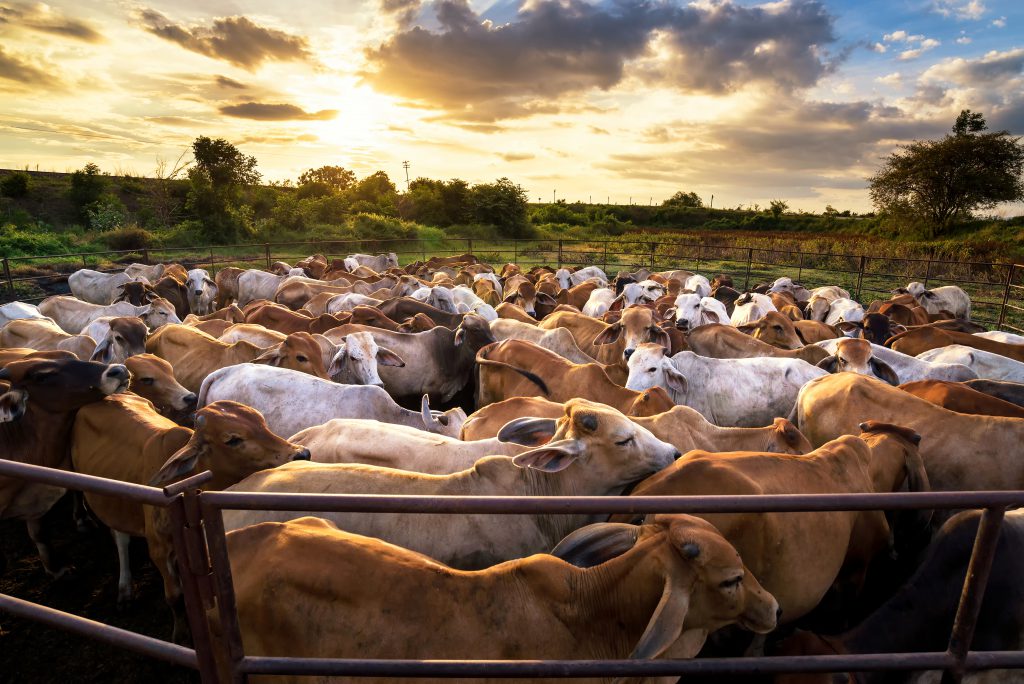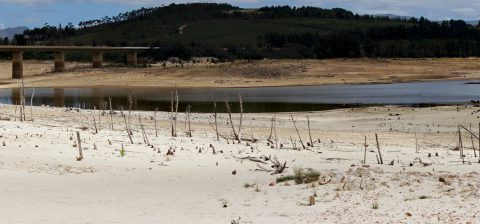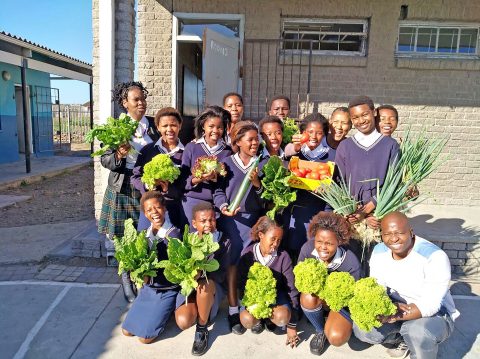Food Basket
Prevention Is Better Than Cure
According to the Water Research Commission (WRC), foresight is key to managing South Africa’s inevitable future droughts – advice which government says it has heeded in order to minimise the inevitable effects of climate change.
El Niño weather conditions, which eased off in May of last year, brought with them widespread drought to southern Africa, with eight of South Africa’s nine provinces being declared disaster areas.
In the long-term, the key to drought preparedness is to know the what, how and when of upcoming weather patterns, says Wandile Nomquphu, the WRC’s water resource assessment and planning manager. He adds that there are serious concerns about the decline in monitoring of rainfall, stream flow, groundwater levels and water quality in South Africa, among other things.
“Rainfall observation in South Africa has declined to such an extent that the current number of useful rainfall stations we have [about 700] is fewer than we had in 1920,” Nomquphu says. The drought impacted different areas of the country to different extents and at different periods through the year.
Check your sources
South Africa is primarily reliant on surface water, particularly from rain, which is why new sources of water have to be considered, Department of Water and Sanitation spokesman Sputnik Ratau says.
“What we all do, and hope for, is that each experience will assist us in better preparing for the responses that might be necessary for the next drought.
“These include more exploitation of groundwater, especially as the WRC has indicated that this resource is not being fully utilised. Ongoing consideration on the possibility of setting up more seawater desalination plants along the country’s coastline is also being looked into,” says Ratau.
“New water infrastructure development will continue, as we still need to reach some of the population that is unserved in the country. This has to be married with ensuring that the requisite operations and maintenance, especially at a local level, are sufficiently capacitated and in place.”
While the effect of the drought can be felt throughout the country, few areas match the dire situation in the south-western parts of South Africa. In the Western Cape, the average storage across the province’s 44 primary dams currently stands at about 37.8% as at 6 November 2017.
Spokesperson for the Minister of Local Government, Environmental Affairs and Development Planning in the province, James-Brent Styan says funding programmes remain a concern.
“Provinces have no water mandate. We have been assisting several local councils across the province with water alleviation programmes since around 2010,” says Styan.
“Funding is always a major concern. We have been doing work, for example, in clearing rivers of alien vegetation, but the work has been limited due to budgetary constraints.”
Tariff increases have become a reality in order to ensure that government reaches its target of reducing water by 15% per capita in 2017/2018, while hefty fines continue to be levied for wasting water. Government has also placed strong focus on the ongoing upgrade and maintenance of current water infrastructure.
In the medium-term, government’s inter-ministerial task team has identified investment in renewable energy and desalination plants as options for mitigating the effects of drought in the future. The exploitation of groundwater resources is also being explored as a solution to the ongoing drought.
It’s not just Cape Town
Agriculture is the Eastern Cape’s main economic contributor. And while livestock farmers in the Eastern Cape seemed to have weathered the initial challenges of the drought, one consequence thereof – undernourished livestock – is still taking its toll.
Agri EC president Doug Stern said earlier in the year that while rain would be welcome, he was concerned about the ongoing effects on the health of animals.
“The drought has left livestock in a bad condition in many places, meaning that some animals are weak and might not be able to survive extreme cold conditions.”
The Eastern Cape, particularly the Tsitsikamma coastal region, is one of the country’s largest milk producers, and about a third of the country’s livestock is also farmed in the province.
Early estimates are that a minimum of 4 000 sheep have already died across the province following a cold snap that swept through the province in October this year.






 Sign-up and receive the Business Media MAGS newsletter OR SA Mining newsletter straight to your inbox.
Sign-up and receive the Business Media MAGS newsletter OR SA Mining newsletter straight to your inbox.